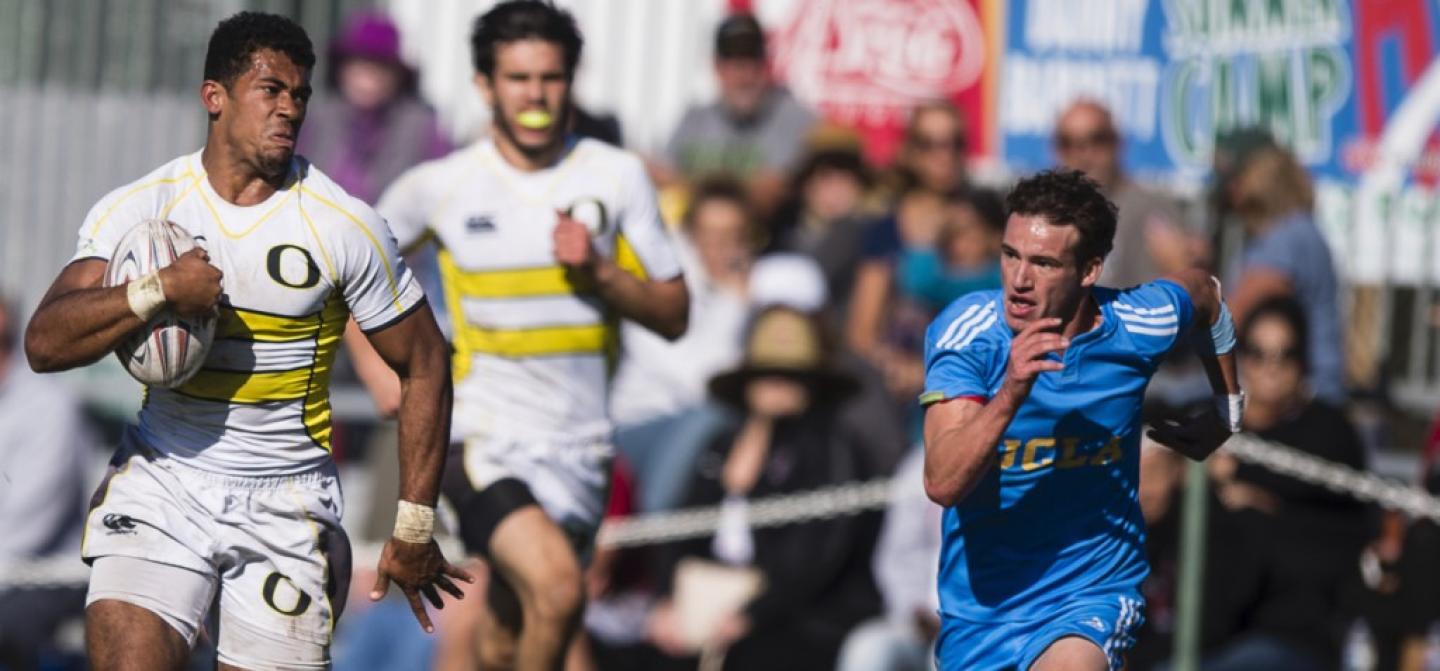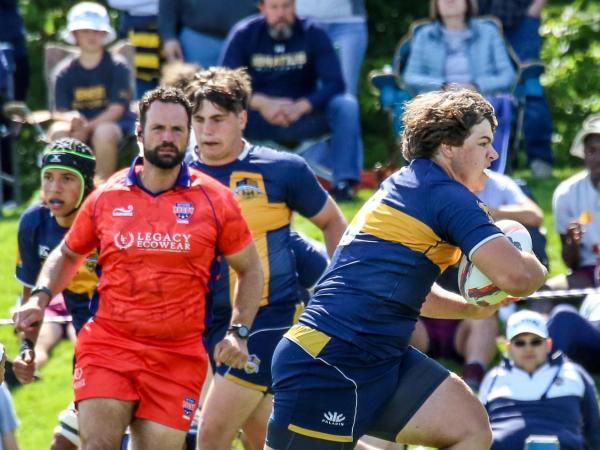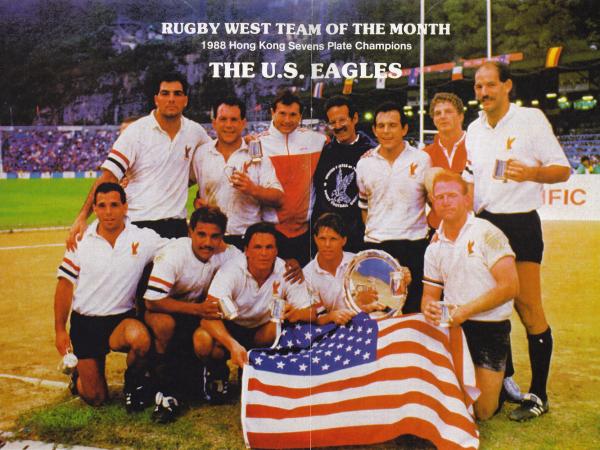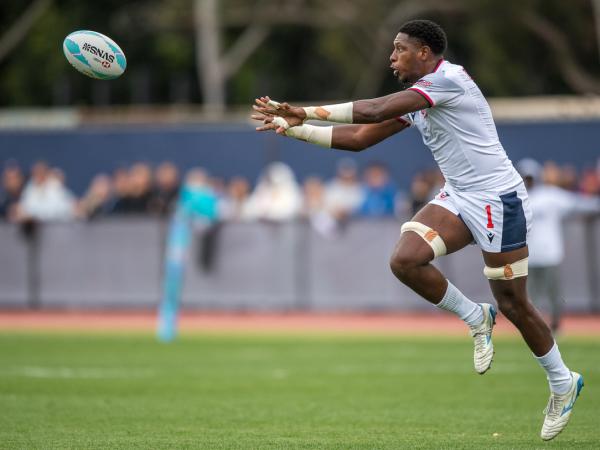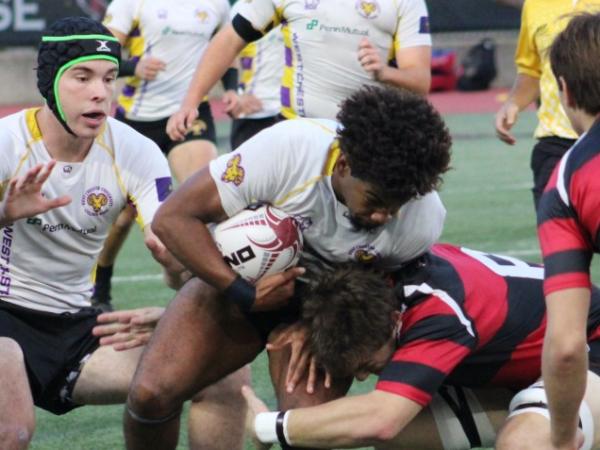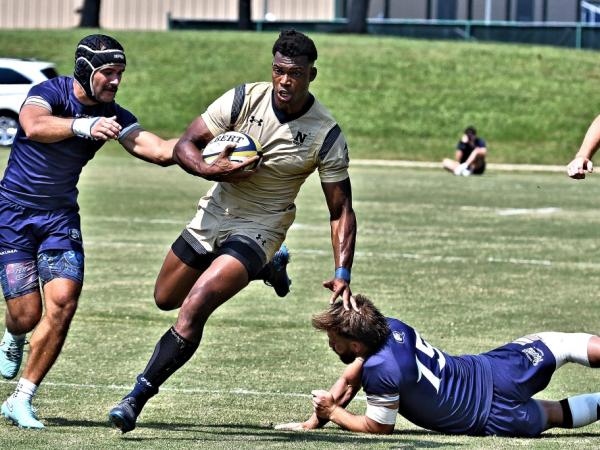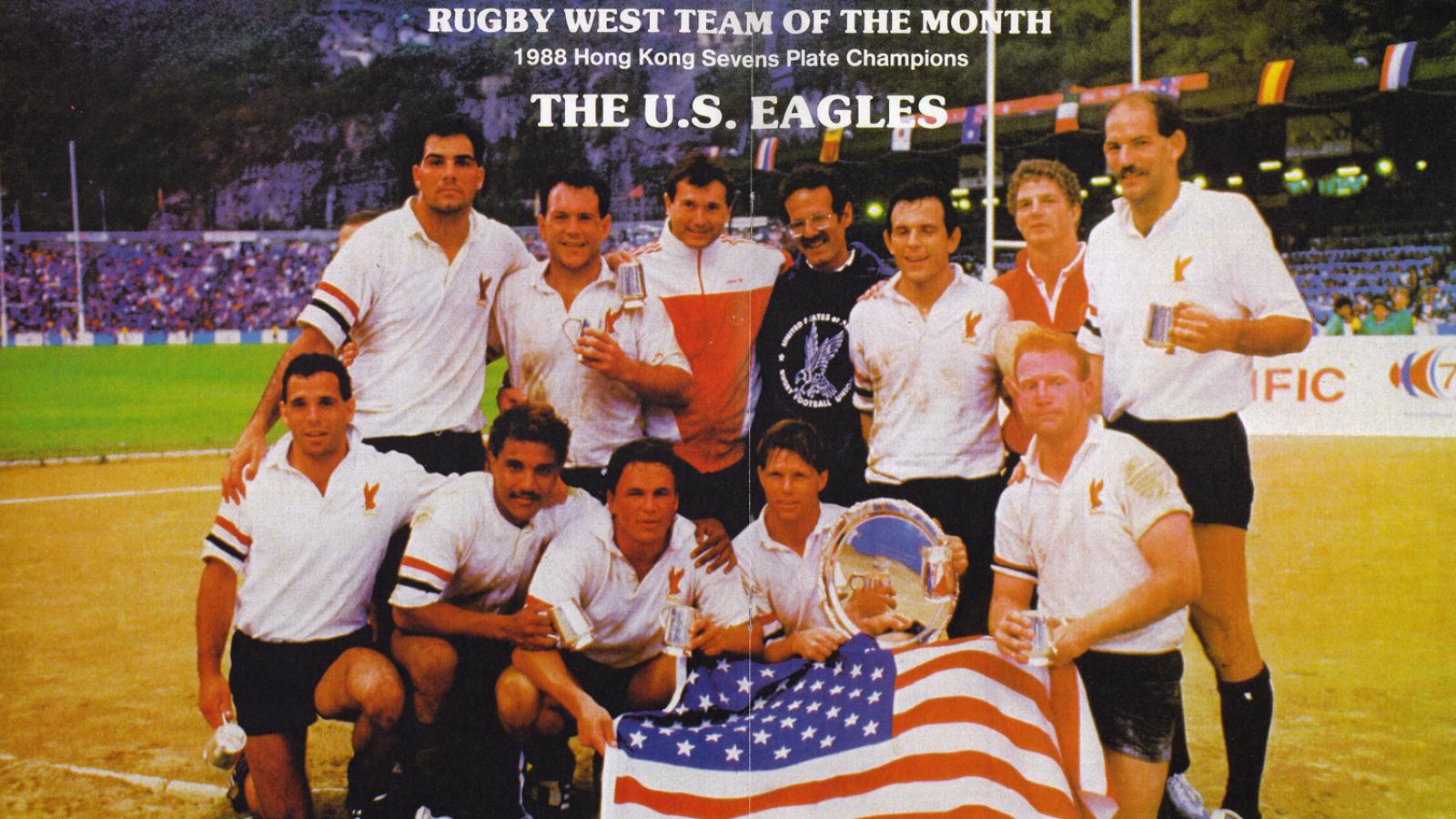The idea that college rugby conferences should follow college sports conferences in other sports isn't new, nor should it be followed universally, but it does have merit in specific areas.
At the most high-profile level, four conferences show an obvious benefit for men's rugby teams to mirror their NCAA counterparts. Those conference have enormous history that is based on similarity of schools and geographical proximity, and if managed correctly they can help boost the prfile of rugby on those campuses, and even nationwide.
Those conferences are: Ivy League, Southeast Conference (SCRC/SEC), Big 10, and PAC (Pac-12). To a lesser extent, the NCAA Big 12 has solid rugby roots, but only if you merged the Red River and the Heart of America. There has been a Big XII 7s tournament that has at times done a nice job of embracing the conference rivalries.
The Recognizable Rugby Conferences
Currently the four conferences that closely mirror major NCAA conferences fall out this way:
Ivy League: 100% of rugby participants are in the NCAA Ivy League conference; 100% of the Ivy League is represented in the rugby competition.
SEC/SCRC: 64% of rugby participants are in the NCAA's SEC; 64% of the SEC is represented in the rugby competition.
Big 10: 100% of rugby participants are in the NCAA's Big 10; 57% of the Big 10 is represented in the rugby competition. (At the moment; Minnesota is reportedly moving)
Pac-12/PAC: 100% of rugby participants are in the NCAA's Pac-12; 33% of the Pac-12 is represented in the rugby competition.
In the SCRC, the non-SEC teams involved aren't really out of place geographically or in terms of sporting rivalries. In the Big 10 and Pac-12, the geography, and the tendency for those NCAA conferences to add teams that are just not feasible to add in rugby (Rutgers, Penn State, Colorado), means you won't have 100% compliance.
The PAC Plan
But the PAC was looking to bump up that 33%. With Arizona Head Coach Sean Duffy leading the charge, the plan was to bring more Pac-12 schools into the fold. There were two key stumbling blocks, however: 1) competitive balance—no one was interested in joining the PAC and getting blown out by Cal or even Arizona or UCLA; and b) the travel is kind of brutal. The conference spans 1,100 miles North to South, and 700 miles East to West even if you don't include University of Colorado.
Duffy had a plan, though. The idea was to create a PAC-North. This league would play among its members—Washington State, Washington, Oregon, Oregon State. They would then, later in the season, have an opportunity to either enter the D1A playoffs, or, more likely, play a bowl game against an out-of-conference team. The regular games against Western Washington and Boise State wouldn't be affected—the teams would remain in the NCRC, it's just that the PAC-North games would be tracked separately.
Some coaches, and certainly it seems some players, were excited about the idea. Stanford, which also struggles with the competitive balance issue, was also interested. If this were to come to pass, the benefits, said Duffy, were obvious.
"Oregon vs Oregon State would be a compelling matchup on TV," said Duffy. "And when you start talking to kids on campus, they want to know how you're doing against their traditional rivals. It's the same with athletic directors and school administrators. If Washington State is doing something a certain way, then the administration at University of Washington might be more receptive to it, as well."
With American college rugby's governance really, really fluid right now, it seemed a good time to sort of introduce a D1A-light, where teams weren't required to play opposition they weren't ready for. Duffy said he drew inspiration from a two-tier system the Big 10 use for a time. While we know that Cal is significantly stronger that Washington State, would it not perhaps be a benefit for Cal to be associated with Washington State, even if it's just on the same standings graphic?
There was, in the end, interest, said Oregon Head Coach Pate Tuisue.
"We were very excited about the idea," said Tuisue. "I think there was interest at all the teams, but maybe Oregon was most excited about it. There's a lot of potential and the rivalries are important, but it's tough for some of the teams. Travel is really tough,a nd if we brought Stanford into it, that would be difficult for a team like Washington State."
Not A Bad Idea
So the plan died as not enough of the teams in the Northwest voted for it. Did the plan seem like a low-effort way to bolster the profile of the sport on those campuses? The details were yet to be worked out, and the idea isn't dead, but in theory it does make some sense. The competitive balance of the PAC is very skewed, but that doesn't mean the teams not at the top can't play rugby. Right now Cal, Arizona, and UCLA are in the top tier. Utah, which used to be a national title contender, struggled mightily last year, but you have to hope they will rebound, as has Arizona State. Stanford is also in that middle tier.
And up north the PNW teams are also in a middle tier. USC, the smallest of all the Pac-12 schools, will probably have to work harder to stay competitive, but they can do it.
And in fact, it seems there's a logic to keeping the Pac-12 schools together in rugby. Even if they don't play each other, they can form a group that tracks scores and standings, and markets matchups as big events, perhaps linking the PAC with the Big 10 or another conference in a bowl game scenario.
It didn't happen this year. But there's always next year.





